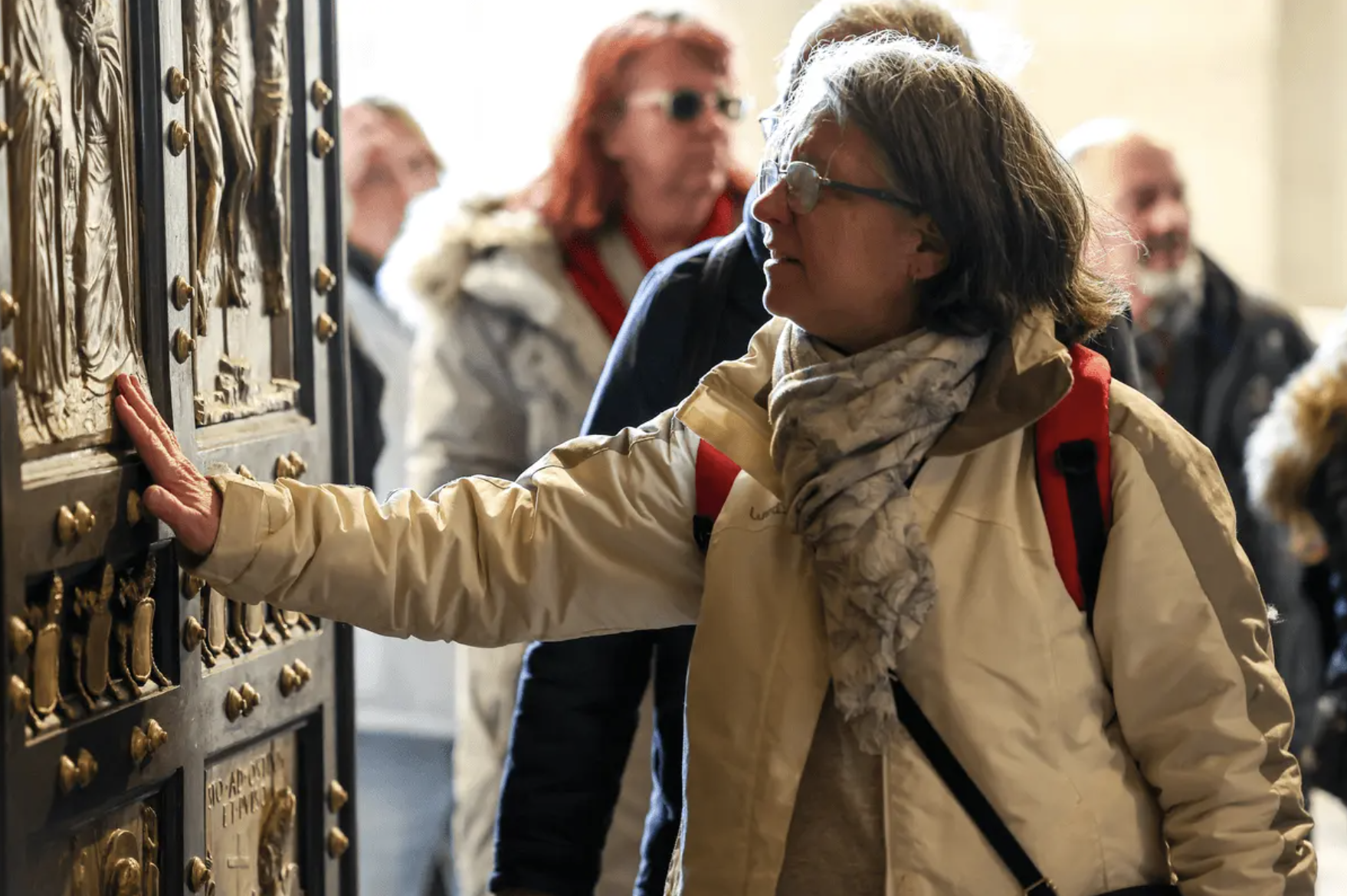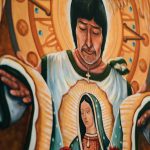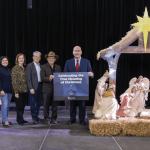MONTREAL — The Archdiocese of Montreal’s youth office is providing a local alternative for the Jubilee Year by creating a map of pilgrimage for the city of Montreal.
Isabel Correa, director of Mission Jeunesse Montreal, told The Catholic Register that the “urban pilgrimage” is designed to help people experience the graces of the year, even if they are unable to travel to Rome for the Jubilee.
“We wanted to create something local, accessible and meaningful — an urban pilgrimage that allows people to fully participate in the Holy Year right here in Montreal,” said Correa.
The late Pope Francis declared 2025 to be an ordinary year of Jubilee to be celebrated under the theme “pilgrims of hope.” The year opened on Dec. 24, 2024, with the opening of the Holy Door in Rome and will close on Jan. 6, 2026.
Launched in mid-June, the “Jubilee in the City” website lists 10 Montreal churches designated as places of pilgrimage. Alongside well-known sites like St. Joseph’s Oratory, Mary Queen of the World Cathedral and Notre Dame Basilica, smaller, less frequented churches like the Sanctuary of Reparation and Our Lady of Lourdes Chapel are also included.
“The initiative invites individuals, families and parish groups to visit designated Jubilee churches, each offering opportunities for prayer, discovery and encounter,” said Correa.
Pope Francis emphasized the centrality of the youth to the spirit of the Jubilee Year, calling for the faithful to “draw close to the young, for they are the joy and hope of the Church and of the world.” Correa says the Montreal initiative emerged from that youthful energy described by the late pope.
“This project has been lovingly developed by the Mission Jeunesse Service Team, made up of young adults who bring creativity, faith and missionary zeal to every stage of planning and outreach,” she said.
Accordingly, the project has incorporated technology and social media as aids for the city pilgrimage. The team has created a downloadable “Jubilee Passport” (coming soon) and an online map of the designated churches. For each church, the team has created a “Kahoot,” an online learning game designed, says Correa, “to make the experience interactive and reflective.”
Pilgrims are encouraged to create social media content of their experiences and tag those posts with hashtags, #JubileeInTheCity, #EsperanceDansLaCité, #HopeInTheCity.
The website notes, “your personal journey helps the Jubilee shine throughout the city.”
Taking the lead from the Jubilee proclamation, the Montreal project incorporates not only physical pilgrimage to holy sites, but works of charity and mercy.
Pope Francis outlined “signs of hope” to be sought during the Jubilee. He instructed Catholics to strive to be those signs for prisoners, the poor and the sick. One of the opportunities the diocesan team has created is a visit to the residential care centre where many retired priests of the archdiocese live. Pilgrims can book visits and “celebrate Sunday Mass with retired priests who reside at Angus — faithful pastors who continue to carry out the mission through their prayers and presence.”
Another activity listed is volunteering with “Sandwich sans nom,” a group that prepares sandwiches for distribution among the homeless in Montreal.
Together with prayer, pilgrimage and charitable works, Correa hopes the “urban pilgrimage” will be a conduit of grace beyond the close of the Jubilee Year.
“Our goal is to awaken hope, deepen faith and help people recognize the quiet ways God is at work in the heart of the city.”




